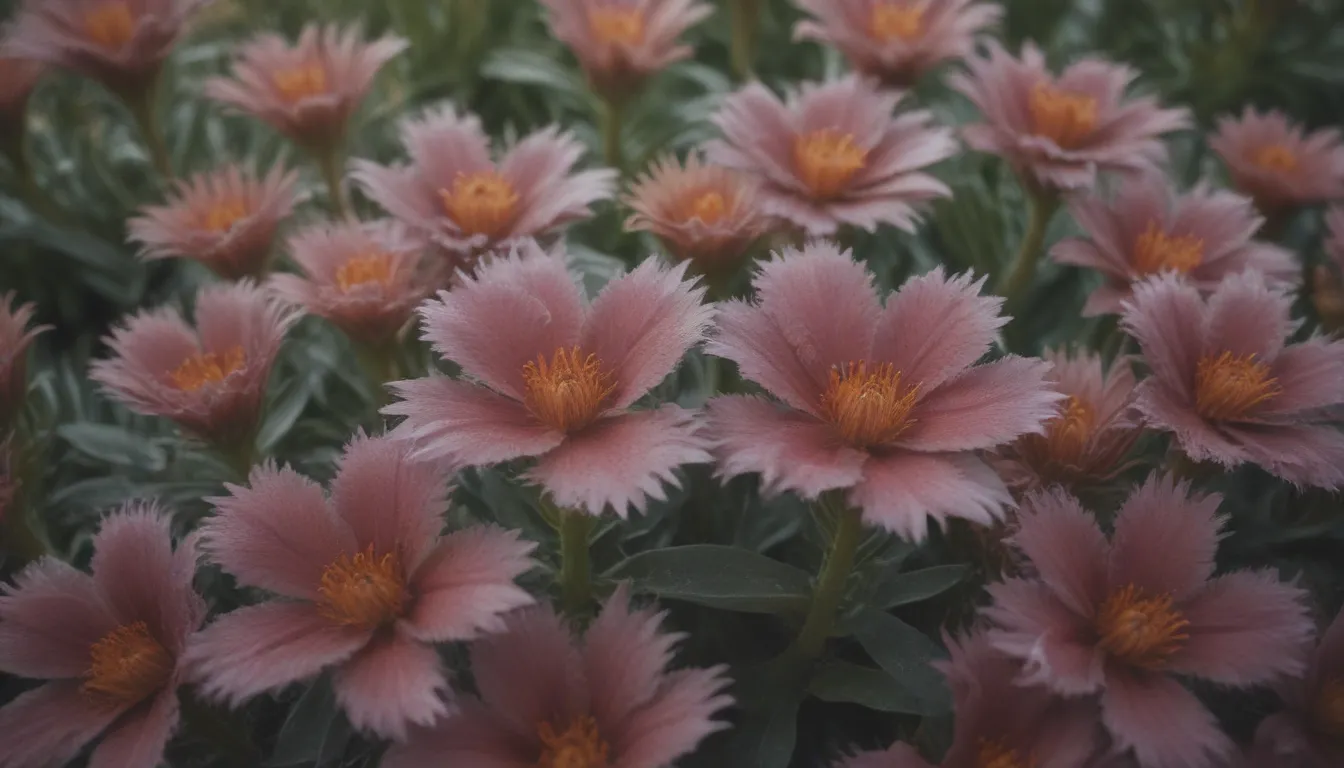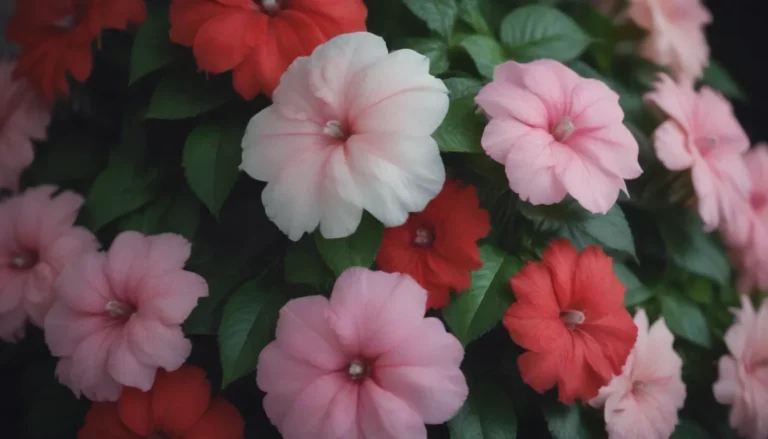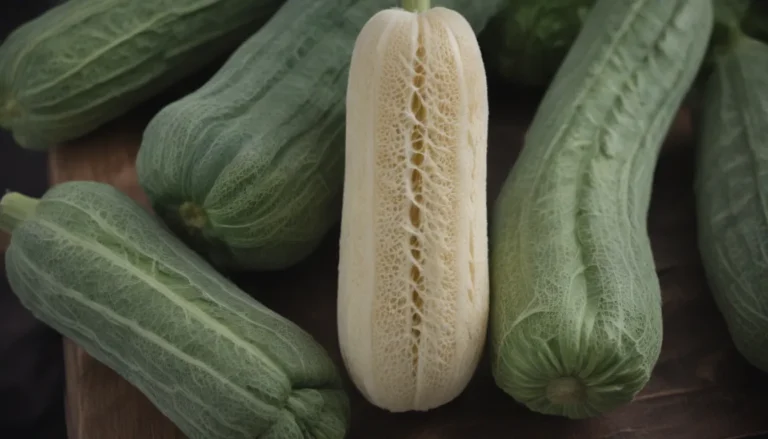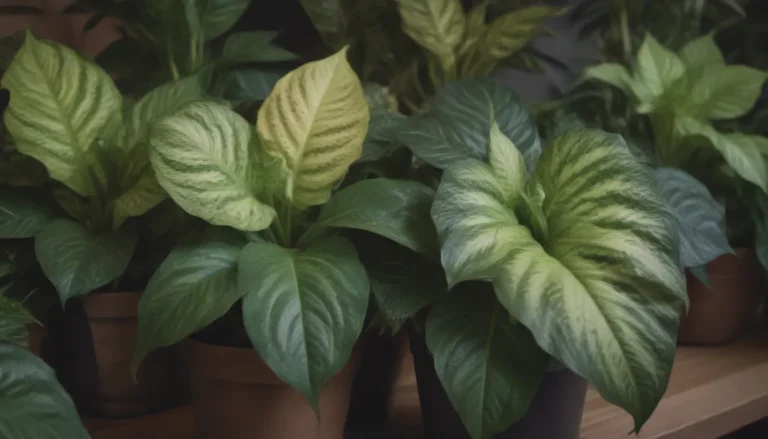Everything You Need to Know About Growing and Caring for Ice Plants

Welcome to our complete guide on growing and caring for ice plants! Whether you’re a seasoned gardener or a beginner looking to add a vibrant touch to your garden, you’ve come to the right place. Ice plants, with their bright colors and unique foliage, are a beautiful addition to any landscape. In this article, we will delve into the world of ice plants, exploring different types, care tips, propagation techniques, and common problems you may encounter.
What Are Ice Plants?
Ice plants are warm-weather perennials that are known for their brightly colored flowers. Two of the most popular genera are Lampranthus and Delosperma. The name “ice plant” comes from the tiny hairs on the plant that reflect light, giving the appearance of ice crystals. These plants have fleshy, succulent-like foliage that darkens in color as temperatures drop in the fall. In warmer regions, many types of ice plants are evergreen.
Ice plants come in various forms, from spreading ground cover to bushy subshrubs. They thrive in sunny locations with well-draining soil and are perfect for desert gardens, rock gardens, slopes, and as ground cover or edging plants. With proper care, ice plants can bloom profusely throughout the growing season, adding a pop of color to your outdoor space.
Light
Ice plants thrive in full sun, so make sure to provide them with at least six hours of direct sunlight. Insufficient sunlight can lead to leggy growth and a lack of flowers.
Soil
Dry soil with excellent drainage is crucial for the health of ice plants. Avoid constantly moist conditions and dense clay soil, as these can harm the plant. Sandy and gravelly soils are ideal for ice plants, and they do not require soil rich in nutrients.
Water
Once established, water your ice plant sparingly during the growing season. Water once every two weeks, or more frequently during hot weather. Allow the plant to dry out before winter to prevent root rot. Mulch with dry material such as straw to protect the plant during the winter.
Temperature and Humidity
Ice plants are sensitive to cold temperatures, so it’s essential to check the hardiness range for the specific variety you are growing. Winter mulching may be necessary in snowy climates. Ice plants thrive in dry climates and do not require high humidity.
Fertilizer
While ice plants can thrive with minimal feeding, they may benefit from compost or slow-release flower fertilizer when planted. Container-grown ice plants may require additional feeding due to faster nutrient depletion in pots.
Types of Ice Plants
There are several types of ice plants to choose from, each with its own unique characteristics and colors. Some popular varieties include:
– Delosperma brunnthaleri
– Delosperma floribundum ‘Starburst’
– Delosperma cooperi
– Lampranthus aurantiacus
– Lampranthus haworthii
Propagating Ice Plants
Ice plants can easily propagate through self-seeding and division. Stems that have spread and rooted away from the parent plant can be snipped and transplanted. Division is another effective method to create new plants and rejuvenate mature ones. Divide mature plants in the spring for best results.
Potting and Repotting Ice Plants
When potting ice plants, ensure you use a well-draining potting mix suitable for succulents. Any type of pot with good drainage will work, but avoid waterlogged conditions to prevent root rot. Provide sheltered, frost-free conditions for container-grown ice plants during winter and reduce watering during the dormant period.
Common Pests and Problems
Aphids and mealybugs can occasionally infest ice plants, leading to leaf and stem damage. Treat small infestations with rubbing alcohol on cotton swabs. Common issues like root rot due to overwatering, and yellowing leaves from excessive moisture, can be resolved by adjusting watering practices and ensuring proper drainage.
How to Get Ice Plants to Bloom
Ice plants typically bloom in the spring, with some species flowering a second time in the summer. Adequate sunlight and light feeding can encourage blooming. Deadheading spent flowers may not necessarily promote more blooms, but ensuring the plant receives ample light and nutrients can enhance flowering.
Harvesting Ice Plants
Did you know that you can incorporate ice plant leaves and flowers into your culinary creations? Ice plant foliage can be added to salads or used in stir-fries for a unique twist. Delight your taste buds with the fresh flavors of ice plants straight from your garden.
In conclusion, ice plants are versatile, low-maintenance plants that can brighten up any garden with their colorful blooms. By following the care tips outlined in this guide, you can enjoy a thriving ice plant that will return year after year. Experiment with different varieties, propagation methods, and culinary uses to fully appreciate the beauty and versatility of ice plants in your garden. Happy gardening!





